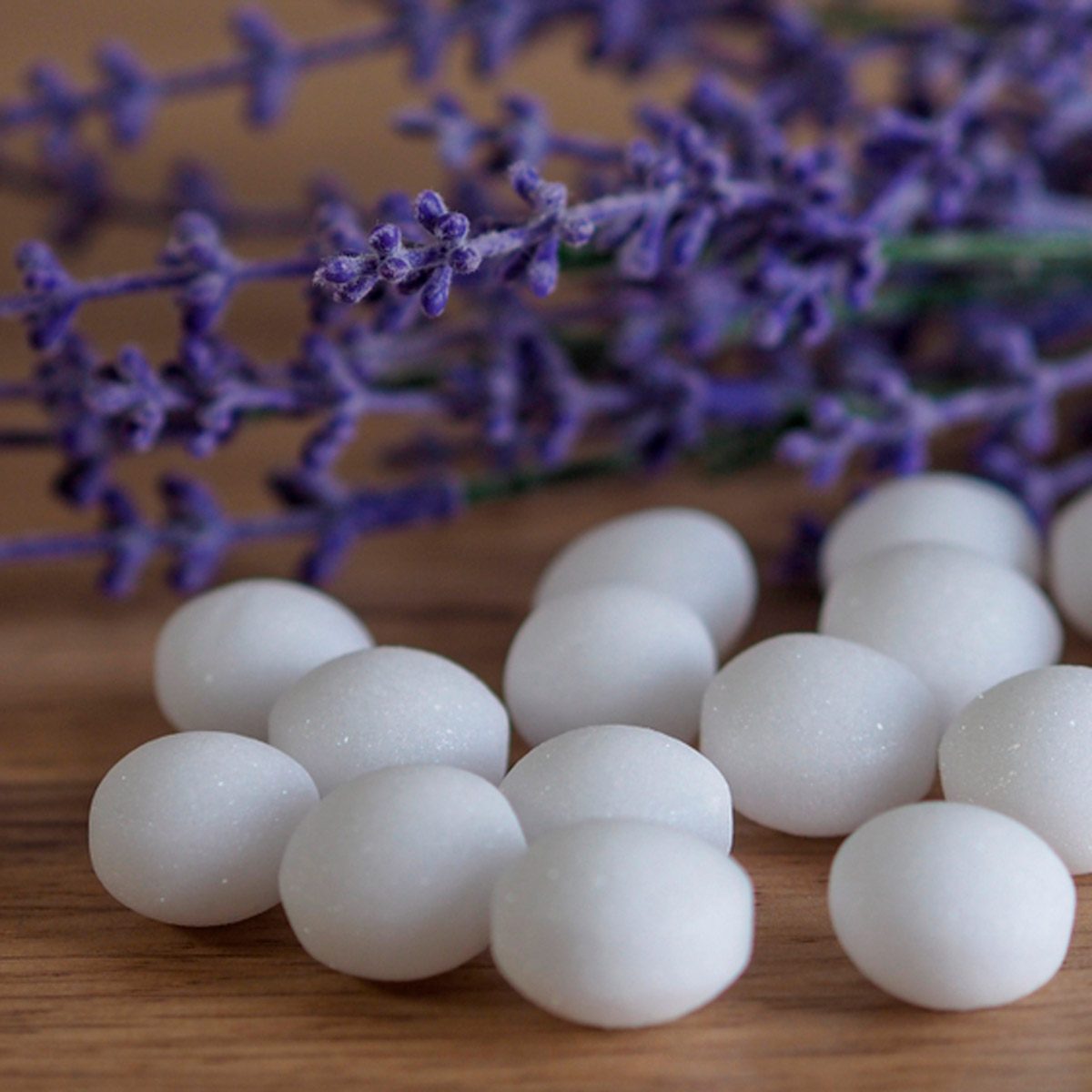There are much better and safer ways to deal with mice.

Do Mothballs Keep Mice Away?

If you’ve ever taken a trip to the vintage clothing section of a flea market or gotten too close to your grandmother’s closet, you’ve caught a whiff of mothballs. For generations, mothballs have been used as a pesticide to kill moths that feed on natural fibers. But the allure of mothballs goes beyond trying to save old clothes. Some recommend using mothballs as a way to prevent mice, rats and even squirrels from entering your home.
But the fact is, using mothballs to ward off mice isn’t all that safe. Ultimately, there are more effective ways of keeping rodents out of your home.
On This Page
What Are Mothballs Made Of?
A chemical pesticide that’s regulated by the Environmental Protection Agency, mothballs contain either naphthalene or 1,4-dichlorobenzene (also known as paradichlorobenzene) as the active ingredient. Most mothballs today contain the latter, as naphthalene poses an additional risk because it’s flammable. They may come in small pellets as well as flakes.
Why Are They Called Mothballs?
As you may have guessed, they’re called mothballs because that’s primarily what they’re used as—a pesticide to eradicate moths, as well as silverfish and other small insects that infest natural fibers found in clothing.
How Do Mothballs Work?
Mothballs transform from a solid to a vapor, a process called sublimation. As they sublimate, mothballs release toxic fumes that kill moths and larvae. In order to work most effectively, the mothballs are placed into an airtight container where the fumes kill the pests.
Do Mothballs Keep Mice Away?
No. According to the Louisiana Department of Health, mothballs are ineffective for this task. They can dissolve in rain and be blown away by wind. More notably, they aren’t safe. The chemicals are dangerous to people and pets, mothballs can contaminate soil and water. Furthermore, using mothballs in a manner inconsistent with the instructions can be illegal.
If you’re trying to get rid of mice in your home, there are safer, proven ways of dealing with mice. We recommend using mouse traps to deal with mice once they get into your home. There are also proven mouse repellants that will deter them from getting into your home. Peppermint is a great choice if you’re looking for a chemical-free hack to keep mice away.
Why Are Mothballs Dangerous?
The fumes produced by mothballs are harmful to humans and pets. If they’re not used in airtight containers (as required by the EPA), they can damage lung tissue, according to the National Pesticide Information Center. Breathing in the fumes from mothballs can cause headaches, nausea, eye and nose irritation and coughing. Naphthalene is even categorized as a possible human carcinogen by the Environmental Protection Agency.
If they come into contact with exposed skin, they can cause irritation. Another risk associated with mothballs is that pets, wildlife, and children can swallow mothballs leading to more serious health effects.
In case someone ingests a mothball, you should immediately contact the Poison Control Center at 800-222-1222 or call 911. If you’re concerned that a pet has eaten a mothball, contact a veterinarian.




















